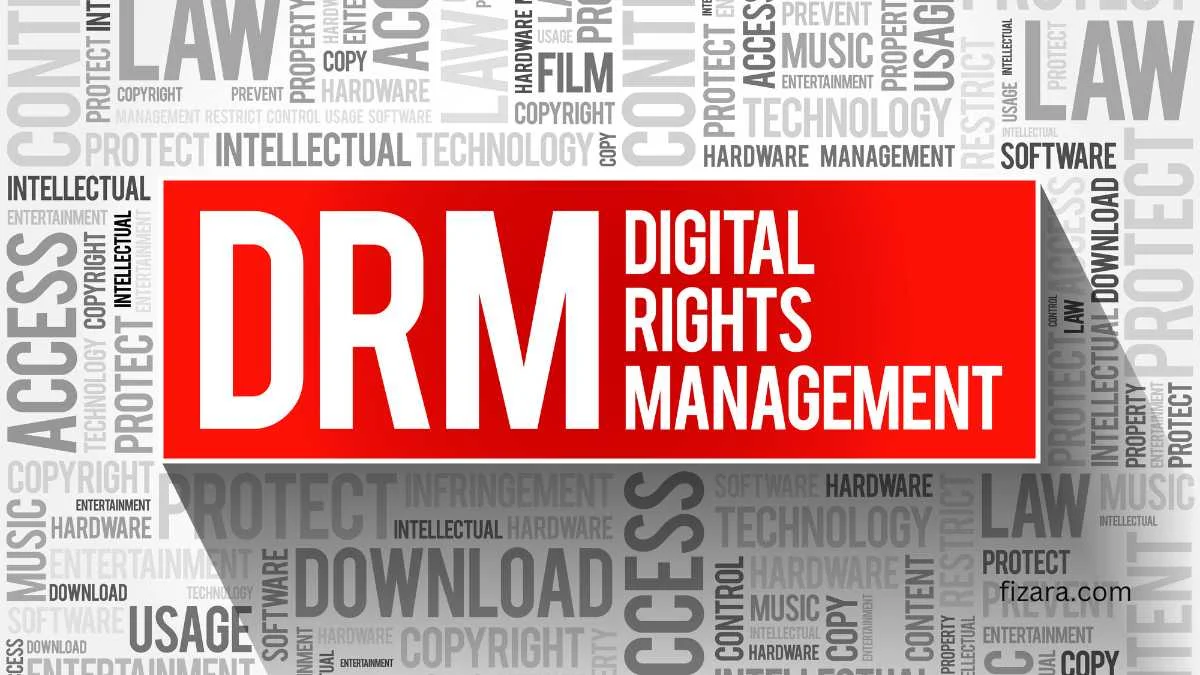The rise of live streaming has revolutionized how churches connect with their congregations, offering a dynamic way to share worship services, sermons, and community events. As this technology becomes more integral to church operations, the need for secure streaming solutions has grown. This article explores how implementing advanced Digital Rights Management (DRM) solutions can secure church live streaming and ensure a seamless experience for viewers.
The Role of Live Streaming in Churches
Live streaming plays a critical role in enabling churches to reach a wider audience, including those who cannot attend services in person. Whether due to health concerns, travel limitations, or other reasons, live streaming provides a vital link for these individuals to stay connected with their church community. High-quality, secure live streams help maintain engagement and foster a sense of belonging among all members.
What Are DRM Solutions?
Digital Rights Management (DRM) solutions are technologies designed to protect digital content by controlling access and preventing unauthorized use. For live streaming, DRM encrypts the video content and manages permissions to ensure that only authorized viewers can access the stream. This is particularly important for churches that want to safeguard their content from unauthorized sharing or piracy.
Key Advantages of DRM Solutions for Church Live Streaming
Enhanced Security: DRM solutions offer robust security features that protect live streams from unauthorized access and distribution. By encrypting video content, DRM ensures that only viewers with the correct decryption keys can watch the stream, safeguarding the church’s digital assets.
Controlled Access: Churches can use DRM to control who has access to their live streams. This can be achieved through various authentication methods, such as password protection, token-based access, or integration with church membership databases. This ensures that the live stream is available only to the intended audience.
Consistent Quality: By preventing unauthorized access and bandwidth theft, DRM helps maintain a high-quality streaming experience. This ensures that authorized viewers can enjoy uninterrupted, high-definition video without the risk of buffering or quality degradation.
Revenue Protection: For churches that offer paid events, conferences, or premium content, DRM ensures that only paying viewers can access the live stream. This helps protect revenue streams and prevents loss from unauthorized sharing.
Detailed Analytics: DRM solutions often come with advanced analytics tools that provide insights into viewer behavior, access patterns, and engagement levels. This data can help churches understand their audience better and optimize their live streaming strategy.
Steps to Implement DRM Solutions in Church Live Streaming
Selecting a DRM Provider: Choose a DRM provider that offers comprehensive features and reliable support. Look for providers that are compatible with your church’s existing streaming setup and offer easy integration.
Integrating DRM with Streaming Services: Ensure that your chosen DRM solution integrates smoothly with your streaming platform. Most major streaming services support DRM integration, which simplifies the implementation process.
Setting Up Access Controls: Configure access controls to manage who can view your live streams. This might include creating user accounts, issuing access tokens, or using other authentication methods to restrict access to authorized viewers only.
Ongoing Monitoring and Updates: Regularly monitor the performance of your DRM solution and apply updates as needed. Keeping the DRM system up to date ensures continued security and optimal performance.
Conclusion
As churches increasingly rely on live streaming to connect with their congregations, the importance of securing these streams cannot be overstated. Implementing advanced DRM solutions provides a robust framework for protecting digital content, controlling access, and ensuring a high-quality viewing experience. By adopting these technologies, churches can continue to expand their reach, engage their members, and fulfill their mission in the digital era with confidence and security.









